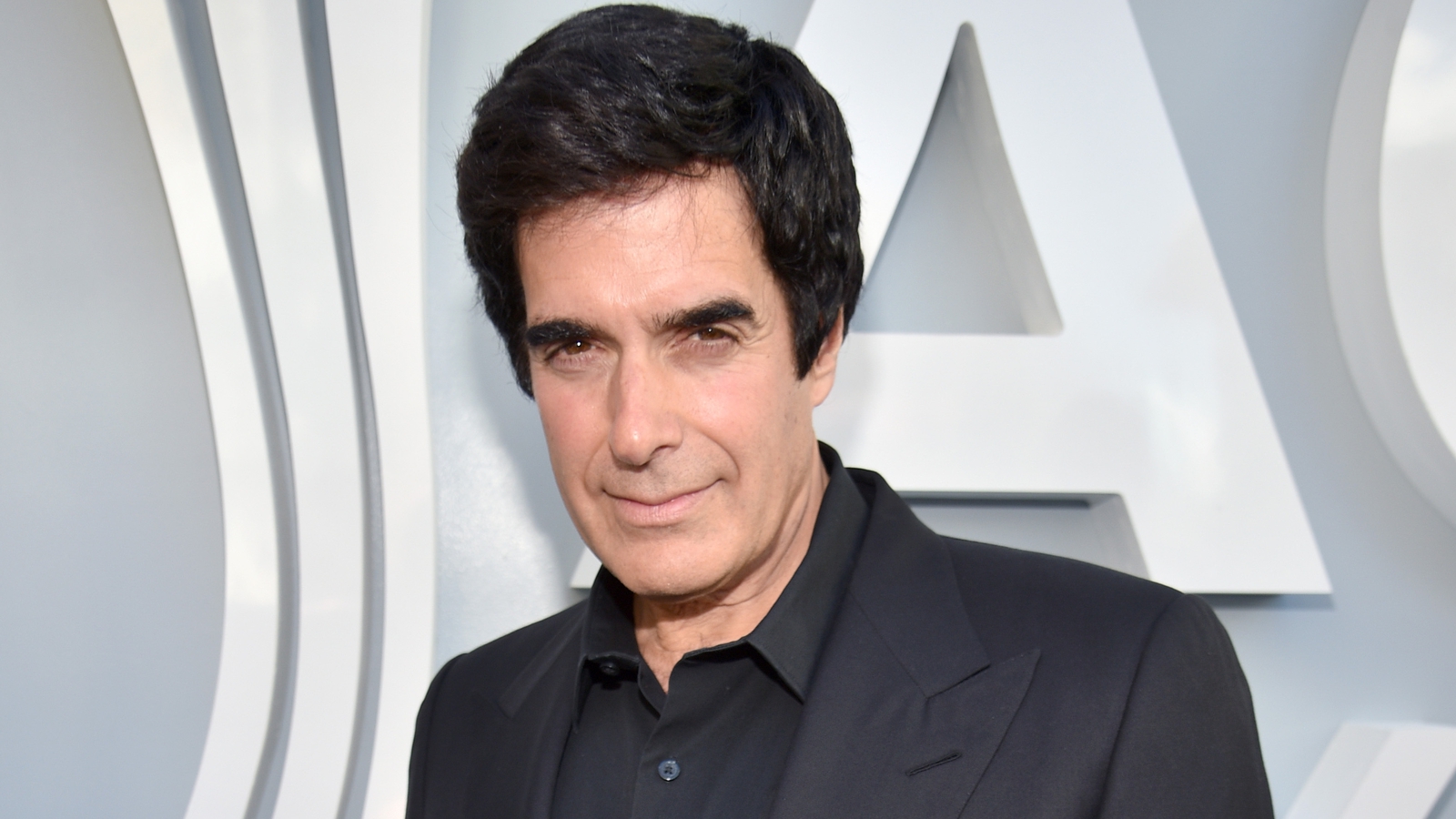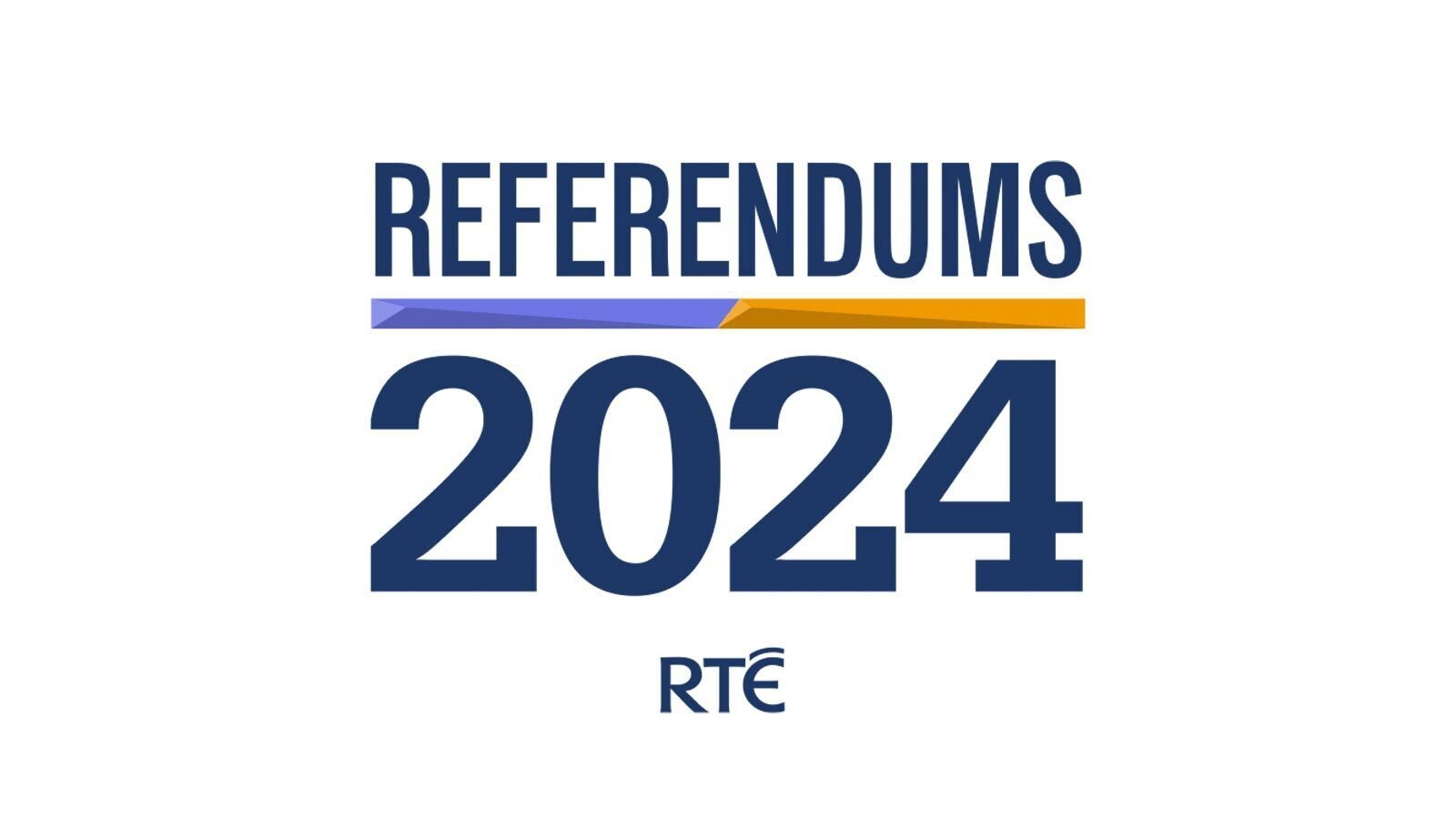What is behind the recent slide in support for Sinn Féin?
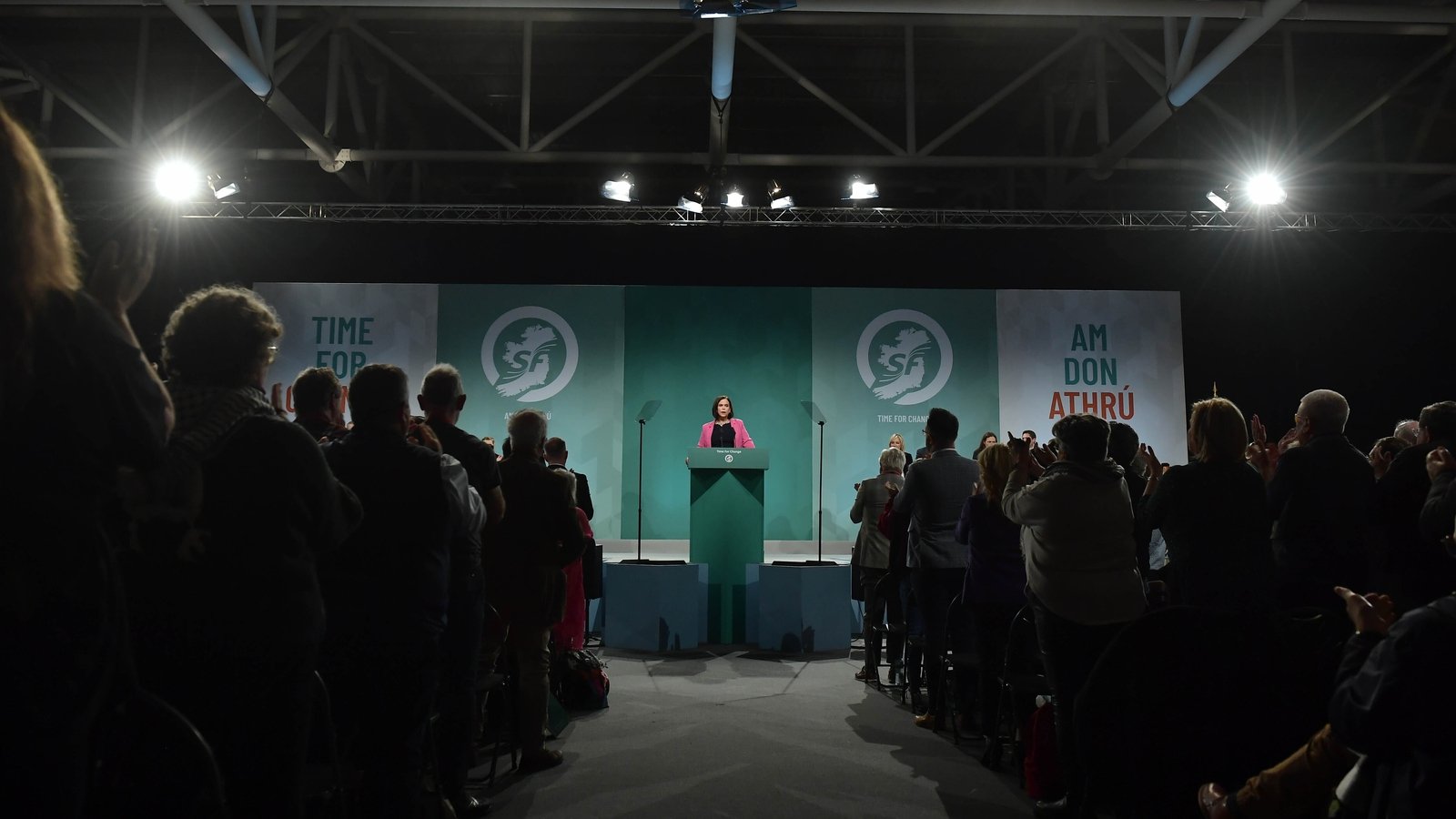
Something was up.
Coalition TDs and senators were all asking me the same question, as I walked down the long corridors of Leinster House last Thursday.
With the same raised eyebrow, they inquired quietly: “What did you think of the poll?”
They were referring to the ‘Behaviour and Attitudes’ survey for the Irish Times which suggested that support for Sinn Féin has slipped by six points, to 28%, since last September.
If it was just one poll, the largest Opposition party could easily have shrugged off the newspaper’s conclusion that its support has plummeted to its lowest level since February 2022.
But there were two other recent polls suggesting a similar downward trajectory.
In early February, the Sunday Independent / Ireland Thinks opinion poll suggested support for Sinn Féin had dropped to 29%.
It may have only been a one point drop on the previous month but, again, there was a clear downward trend over 2023.
And last month, the Business Post / Red C poll suggested Sinn Féin was down four points on its November survey – falling from 29% to 25%.

So, something is definitely up, but here is the rub – no one knows precisely why that is the case.
Sinn Féin Health spokesperson David Cullinane told me that he thinks the decline does not have a single cause but is down to “a number of different things.”
He said the party has to be honest with itself. It has to listen and learn to understand what is negatively affecting them, and then be humble enough to change.
Sinn Féin has proven, after the disappointing European Parliament elections in 2019, that it is perfectly capable of doing just that.
All the other parties in the Oireachtas, as well as Independent TDs, are also examining the Sinn Féin slide.
They are also convinced that something is up.
Taoiseach Leo Varadkar told Newstalk on the morning the poll was published that the electoral space is now “… wide open and it’s all to play for.”
A Fianna Fáil deputy suggested to me that if the trend continued for a few more polls then the Taoiseach should call a snap election in May or June.
A Fine Gael deputy felt that September would be the better date, as it avoided getting snarled in October’s budget and the requirement to pass the enabling Finance Act.
The current Government could roll-on until early 2025, but it is totally within the power of the Taoiseach to go to the country on any date before that.
Mr Cullinane believes, however, that his party can halt the recent slide.
He thinks the electorate would like his party not just to be seen to critique the Government but also to outline its solutions in more detail.
He told me: “We need to set out an alternative vision about what change means, and what it will do for people in their daily lives.”
Deputy Cullinane conceded that this is “difficult” to achieve but believes that frontbench spokespeople like himself need to “work harder” to get their policies across to voters.
But that still leaves the question “why? What is the reason, or reasons, behind Sinn Féin’s support ebbing?”
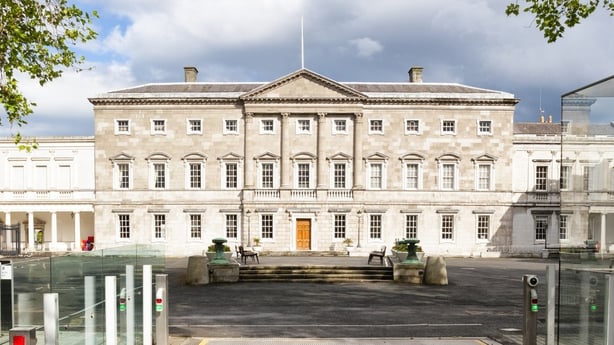
The Irish Times polls suggests that support for Sinn Féin has “fallen precipitously in rural Ireland, slumping from 36% in late 2023 to just 22%.”
Among rural voters, independent candidates have jumped six points to 24%.
That survey also identifies Sinn Féin losses among older and more affluent voters: over-65s are down eight points to 17%; and the ABC1s/middle classes are down nine points to 21%.
However, those reasons do not seem to tally with the Business Post / Red C poll.
It tracked a decline in Sinn Féin’s fortunes from a high of 36% in July 2022 down to 25% last month.
The recent survey found that the largest falls came among working class voters, in both Connacht-Ulster and Munster.
Whatever the reason, or reasons, there is also no clarity about what Sinn Féin needs to do next.
Sinn Féin has been walking a political tightrope over the past four years as it tries to appeal to as many voters as possible while also retaining its base.
The party is now experiencing a significant wobble.
The cause of Palestine exemplifies the problem.
The party has been highly vocal in its demand that the Irish Government does more to support the 2.3 million Palestinians in Gaza.
Yet, there is concern internally that the party leadership will travel to Washington DC for St Patrick’s Day, to the country providing Israel with weapons to bomb Gaza.
The former Sinn Féin now Independent TD, Violet-Anne Wynne, was sharply critical after Palestinians opposed to the visit were ejected from a Sinn Féin meeting in Belfast this week.
She said on X: “They are the biggest let downs in history. They have failed the people of Ireland and now they are failing the people of Palestine by going to the States.
“Solidarity has gone out of the window and for what? To shake the hand that has signed off on the genocide of the Palestinian people”.

Government TDs feel they know what ails Sinn Féin: The party has been found out by the electorate for being populist.
Leader of the Green Party Eamon Ryan is constantly harrying Sinn Féin over its opposition to the carbon tax.
Mr Ryan claims Sinn Féin’s frontbench refuses to explain how the multi-billion euro national retrofitting bill will be funded into the future.
Fine Gael Minister Simon Harris and Fianna Fáil Minister Darragh O’Brien are constantly deriding the suggestion from Sinn Féin leader Mary Lou McDonald that the average house price in Dublin should be reduced to €300,000.
Both Mr Varadkar and Tánaiste Micheál Martin constantly accuse Sinn Féin of being opportunist, for example, repeatedly changing its colours on immigration and asylum policy.
Sinn Féin is also branded as confused given that the party called for the Garda Commissioner to resign after the Dublin riots and now will now not state explicitly whether it would work with him, if elected to Government.
Mr Cullinane argues, however, that Sinn Féin remains in a “very, very strong position” and is “substantially” ahead of other parties.
He has more than a point: In the 2020 General Election, Sinn Féin secured 24.5% of first preference votes and nine of the top ten vote getters were from the party.
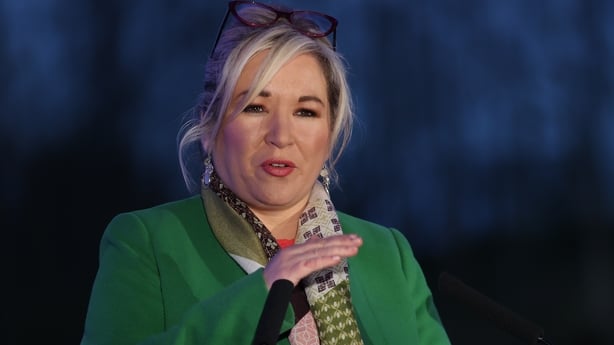
In all three recent polls, Sinn Féin is still ahead of that General Election figure, and it retains significantly more support than either Fine Gael or Fianna Fáil.
The concern within Sinn Féin must be, however, that the party’s hopes of leading an alternative Government will evaporate if the downward trend continues.
Some members may have hoped the party would get a bounce from Michelle O’Neill being elected as Northern Ireland First Minister, but it has not translated into a fillip for the party down south.
Something is up. But what is it precisely?
The truth is this: We do not know.
What is absolutely certain is that the forthcoming opinion polls will be watched incredibly closely.


